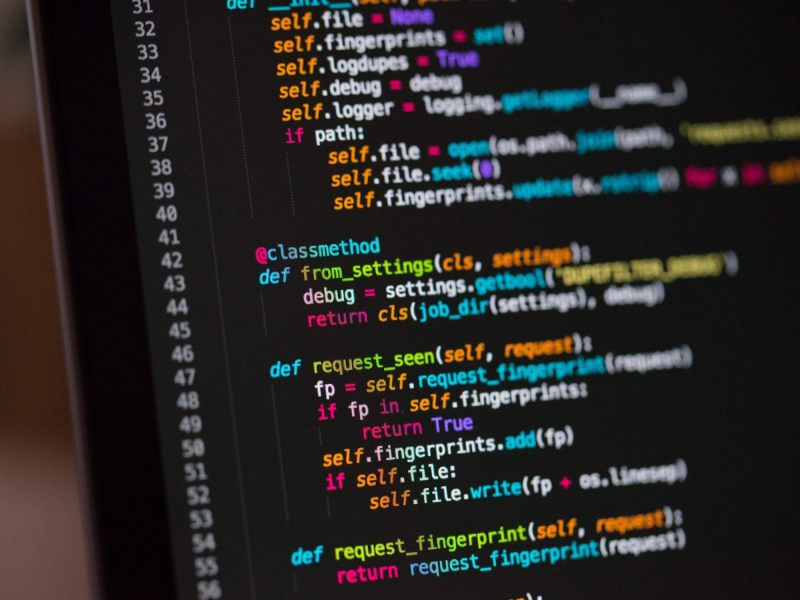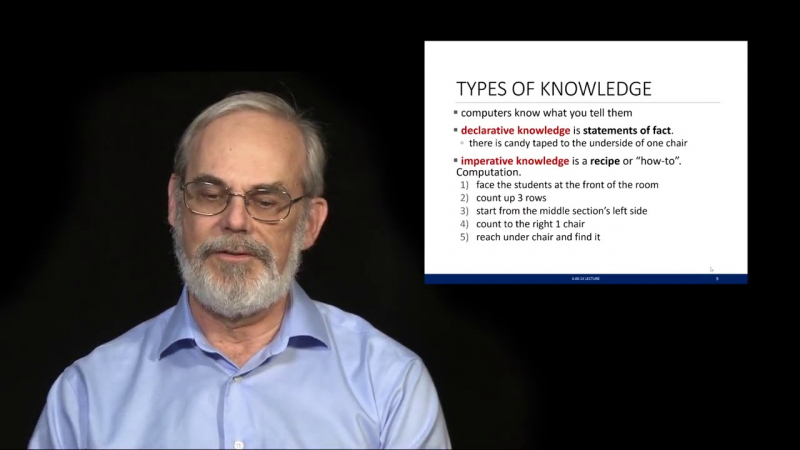Introduction to Computer Science and Programming Using Python

This is the first of two courses: Introduction to Computer Science and Python Programming, and Introduction to Computational Thinking and Data Science. They are intended to help people who have no prior experience with computer science or programming learn to think computationally and write programs to solve useful problems. Some students will use the two courses as a stepping stone to more advanced computer science courses, but for many, it will be their first and final computer science course.
This run includes Python 3.5 lecture videos, lecture exercises, and problem sets. Even if you previously took the course with Python 2.7, you can easily transition to Python 3.5 in future courses, or enroll now to refresh your knowledge. They chose to focus on breadth rather than depth because these courses may be the only formal computer science courses that many of the students take. The goal is to give students a brief overview of a variety of topics so that they will have an idea of what is possible when they need to think about how to use computation to achieve a goal later in their careers. They are not, however, "computation appreciation" courses.
What You’ll Learn
- The course starts off with a brief introduction to computing. It tells you what computers are, what they do, and some of their limitations.
- It shows you the “recipe” of programming languages: how you combine low-level constructs like variables to build higher-order functionally, like full-fledged programs. And it dives into the features of Python, specifically.
- Like in many other courses in this list, you’ll be taught about objects and data types in Python, and you’ll learn to construct simple expressions using mathematical, logical, or conditional operators.
- You’ll also learn about the fundamental concept behind loops and iterations and how they are essential to building algorithms capable, for instance, of finding the solution to equations without being explicitly “taught” how to do so.
- Moving on, you’ll learn about decompositions and abstraction and how functions serve to achieve those purposes and encapsulate functionality. You’ll know how to write a function and understand global and local scopes. You’ll understand recursion and how it relates to mathematical induction (you can even prove some cool theorems with this!).
- At the end of course, you’ll get your feet wet in the data structures pool: you’ll learn about lists, tuples, and dictionaries. You’ll understand the intricacies of mutability, aliasing, and cloning these data types, as well as methods to operate on them.
How You’ll Learn
- This course is 9 weeks long and you are expected to spend around 14 to 16 hours on lesson materials per week. The course has 6 chapters, each consisting of several lectures and multiple activities to apply your knowledge.
- There are 3 problem sets, as well as a midterm exam and a final exam that you’ll have to complete if you want to earn a certificate.
Fun Facts
- This course is the first of a two-course XSeries Program on edX. The second is Introduction to Computational
- Thinking and Data Science.
- This course teaches you how to install Anaconda instead of the default Python installer. Anaconda is a great tool, most notably if you enjoy data science.
- One of the instructors, Professor John Guttag, leads the Data Driven Inference Group at MIT’s legendary Computer Science and Artificial Intelligence Laboratory (CSAIL).
Rating: 4.5/5.0
Enroll here: classcentral.com/course/edx-introduction-to-computer-science-and-programming-using-python-1341











